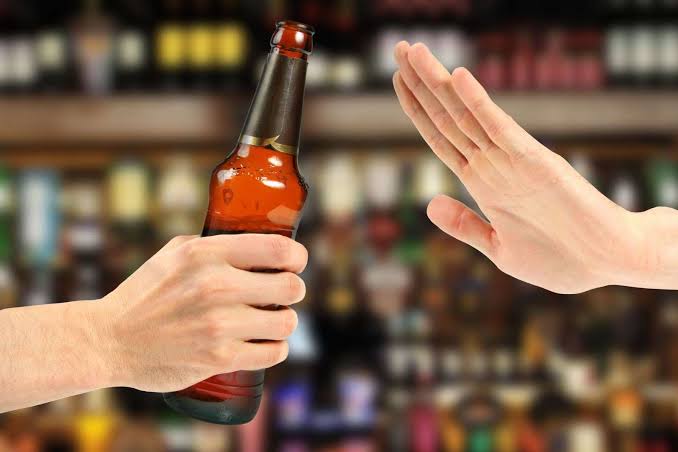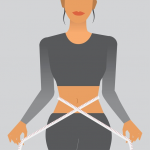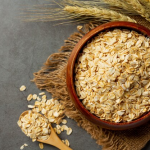Introduction
Occasional alcohol consumption does not cause significant harm to your body. However, social drinking can lead to heavy drinking, which can cause serious health problems for some people. It is often difficult to distinguish between alcohol dependence, alcohol use, and alcohol problems. For example, someone who has used alcohol in the past is not necessarily an alcoholic.
Treatment
The first step is to recognize that there is a problem, accept it, and seek help. One of the goals of treatment is to provide strong motivation for the person who uses alcohol to regain control. Community services for the treatment of alcohol problems are widely available. Some of these services focus primarily on group therapy, along with supportive or other rehabilitative measures. In addition, a number of experienced medical and psychiatric staff offer one-on-one counseling or other treatments. Alcohol users who participate in such programs receive specialized treatment for alcohol dependence and any related nutritional or other secondary effects.
Definition
Problems associated with alcohol are diverse. People who consume excessive amounts of alcohol may experience social, psychological, and health problems as a result. Some people may become physically or psychologically dependent on alcohol.
Risky alcohol consumption means consuming alcohol in excess of what is harmful in the future. Harmful alcohol consumption means that alcohol consumption is already causing harm.
An alcoholic:
- shows a strong desire to drink alcohol,
- has difficulty controlling alcohol use,
- continues to drink despite being aware of the harmful consequences,
- shows high tolerance to alcohol, and
- experiences withdrawal symptoms when abstaining from alcohol.
The terms “problem drinker” and “heavy drinker” are also commonly used. Excessive alcohol consumption is defined as consuming eight or more units of alcohol in a single sitting for men, and six or more units for women. Studies have begun to show that consuming large amounts of alcohol in a short period of time can be much worse for your health than drinking small amounts frequently.
Facts
The recommended limit for alcohol consumption is defined as a maximum of 21 units per week for adult men and a maximum of 14 units per week for adult women. To reduce the health risks associated with alcohol consumption, this limit should be spread over the entire week, with a maximum of 3-4 units per day for men and 2-3 units per day for women. In a 1995 assessment by the Royal College of Psychiatrists, Doctors, and Surgeons, it was recommended that these limits remain unchanged.
One unit is defined as 7.9g of pure alcohol (also known as ethanol). However, because alcohol is a liquid, it is easier to measure by volume, with one unit equaling 10ml of alcohol. This is roughly equivalent to half a pint (half a glass) of beer, cider, or lager; 25ml (bar measure) of vodka, whiskey, or gin; 50ml (bar measure) of fortified wine such as port or Spanish wine, or one small bottle of wine (125ml).
Different drinks contain other substances such as water, sugar, or fruit juice, so they have different alcohol by volume percentages. Each drink has a different Alcohol by Volume (ABV) percentage; therefore, the percentage may vary depending on the type of liquid.
The unit amount can be calculated from the Alcohol by Volume percentage, which corresponds to the unit amount of alcohol in one liter of liquid. For example, the alcohol content of many wines found in bars and restaurants is likely around 12% (keep in mind that the above unit is based on a wine containing 8% alcohol by volume). One liter of wine with an alcohol content of 12% by volume is equivalent to 12 units. An average bottle is 75cL, so it contains 9 units (75% of 12 units). When filled with 6 glasses, each glass contains 1.5 units. Using another method, we can find the milliliters of alcohol in a liter of drink by multiplying the volume percentage of alcohol by 10.
The amount of alcohol in a person’s blood (or Blood Alcohol Concentration) is used to measure the level of intoxication. It is calculated as milligrams of alcohol per 100 milliliters of blood. In the UK, the legal Blood Alcohol Concentration (BAC) limit for driving is 80mg/100ml. Women are less tolerant to alcohol than men. This is because women are smaller and lighter than men, have less water in their bodies, and have a different metabolism.
Risks
Excessive alcohol consumption can affect your physical and mental health, your work, and your social and personal relationships. In addition, when you have consumed excessive amounts of alcohol, you are more likely to find yourself in dangerous situations, as alcohol affects your decision-making ability and you may do things that you would never even consider doing when sober. A recent news report revealed that a quarter of young prisoners had consumed alcohol prior to committing a crime.
Health risks associated with excessive alcohol consumption include:
- liver disease (cirrhosis),
- alcohol-related anemia and malnutrition,
- chronic pancreatitis,
- heart muscle damage (cardiomyopathy), and
- alcohol-induced dementia.
- Excessive alcohol consumption also increases the risk of high blood pressure, stroke, coronary heart disease, and irregular heartbeat. People who consume excessive amounts of alcohol over a long period of time are also at high risk of liver damage, which can lead to alcohol-induced hepatitis and cirrhosis.
Psychiatric disorders are also more common in individuals who consume more than 10 units of alcohol per day. These disorders include:
- depression,
- suicide and attempted suicide,
- personality disorders,
- sexual problems,
- delirium tremens
- hallucinations without other symptoms of delirium tremens, and
- memory loss.









